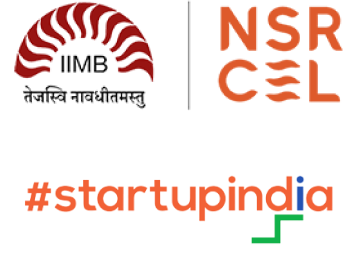Custom Tests
 All Tests45
All Tests45
 Marketing
15
Marketing
15
 Business & Management
18
Business & Management
18
 Accounting
9
Accounting
9
 Finance
11
Finance
11
 Analytics
13
Analytics
13
 Programming
20
Programming
20
 Product Management
15
Product Management
15
 Operations
13
Operations
13
 Design
8
Design
8
 Mechanical Engineering
9
Mechanical Engineering
9
 Electrical & Electronics
14
Electrical & Electronics
14
 Robotics
12
Robotics
12
 Civil Eng. & Architecture
8
Civil Eng. & Architecture
8
 Pure Sciences
8
Pure Sciences
8
 Sales
8
Sales
8
 Entrepreneur in Residence/Co-Founder
16
Entrepreneur in Residence/Co-Founder
16
 Writing
7
Writing
7
 Legal
7
Legal
7
 Other
11
Other
11
Recommended tests for
"Analytics" Roles
Supported by:

© 2025 merreo - All rights reserved.